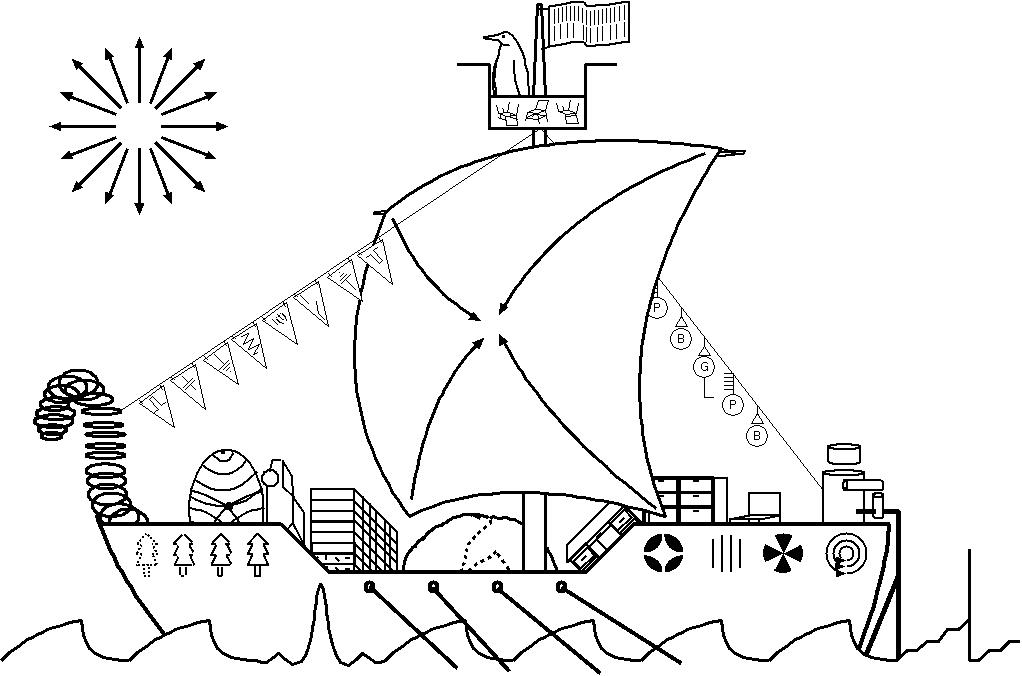

The monograph describes an approach to the construction of an
artificial visual system. It is motivated by a number of cognitive
psychology studies, by computational reflection and by neuroscientific
inspiration. It contains 12 short chapters and over 40 mostly
hand-drawn figures using Tgif. The image on the
left is an assembly of some of the figures [explanation]. The chapter contents are:
1 Seeing: Blazing Processing Characteristics. Contains a number of cognitive and behavioral observations on the seeing process.
2 Category Representation and Recognition Evolvement. Reviews previous approaches in Artificial Intelligence and Cognitive Psychology and points out that the issue is somewhat trickier than previously assumed.
3 Neuroscientific Inspiration. Reviews what is presently known about the visual system. Also reviews psychological concepts as well as forgotten proposals like some Gestalt thinking.
4 Neuromorphic Tools. Outlines analog VLSI electronic circuits in a manner understandable to any audience.
5 Insight From Line Drawings Studies. Describes two computer vision studies from which one gains some insight on visual representation.
6 A Retina Signaling and Propagating Contours. How may the retina signal contours? Find out in that chapter.
7 The Symmetric-Axis Transform. Presents a neural architecture of the SAT. The output of that transform, the symmetric-axes, could be employed for categorization.
8 Motion Detection. Outlines the usefulness of propagation maps for speed detection
9 Neuromorphic Architectures: Pieces and Proposals. Reflections on various aspects of the visual recognition process and their possible solution by neural networks.
10 Shape Recognition with Contour Propagation Fields. A completely novel way of shape description. Works pretty efficiently. I intend to patent a successor model of it.
11 Scene Recognition. An easy process if we had figured out the right concept for object representation. (Chapter 10 is a promising direction though.)
12 Summary. Reviews mainly chapters 5 to 11.
Terminology. Attempts to describe expressions like local-to-global, bottom-up and so on.